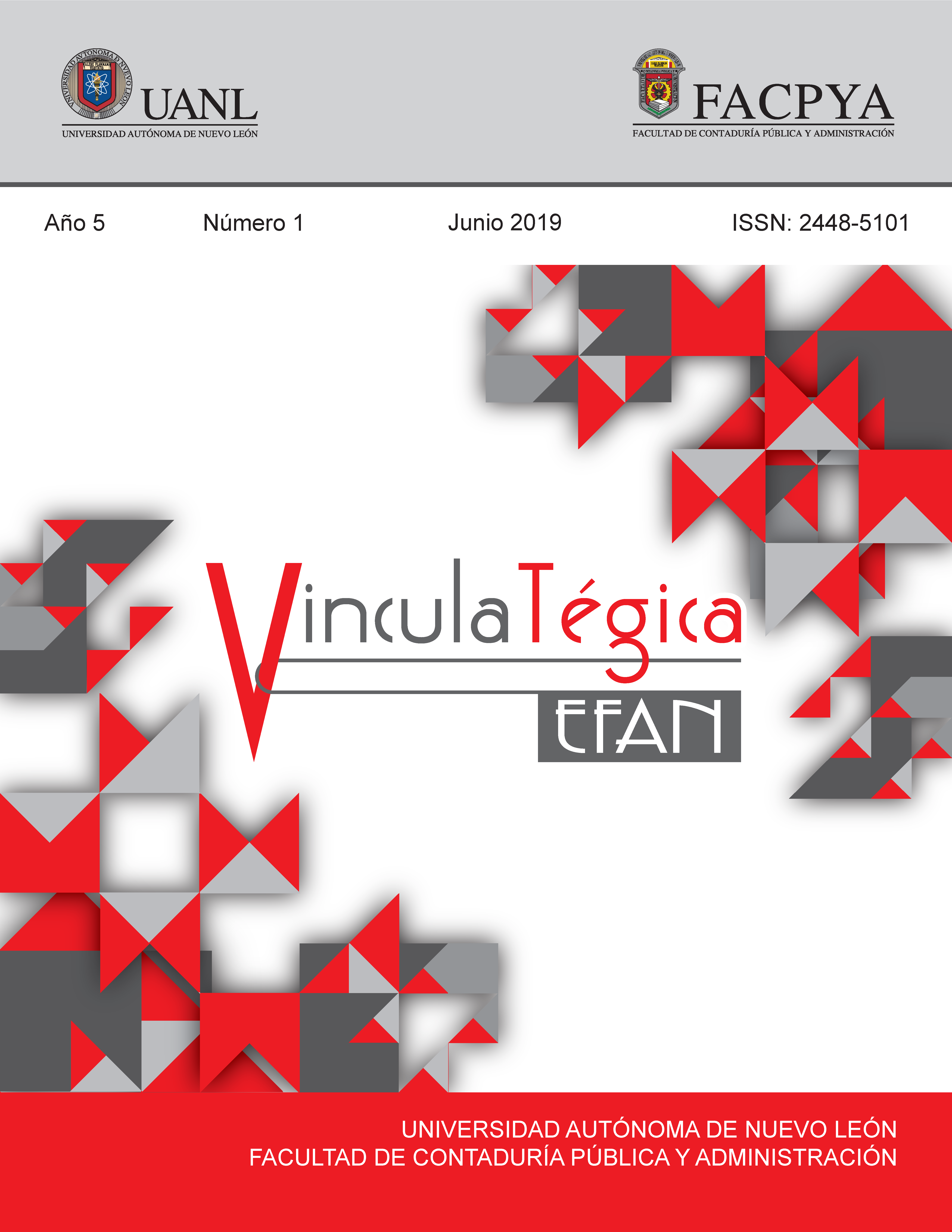México en la Era Digital Tributaria
DOI:
https://doi.org/10.29105/vtga5.1-932Keywords:
comprobante fiscal digital, buzón tributario, contabilidad electrónica, BEPS, FATCAAbstract
Mexico has entered the digital tax era, since for several years, it decreed a series of tax reforms, which have helped to establish the bases for a digitalization of the taxpayer tax system, together with this, the Organization for the Cooperation and Economic Development and the United States of America, implemented tax compliance requirements, to force taxpayers to declare and pay their taxes in the correct manner. Through schemes such as electronic invoicing, tax mailbox and electronic accounting, Mexico intends to collect higher taxes. In this research, we studied the ways in which Mexico and other countries have established the control bases in a digital manner. The objective of this research is to identify the mechanisms that Mexico, the United States of America
and other international organizations have established different legal systems to persuade taxpayers to pay their
taxes
Downloads
References
Calderón, M. D. (2010). Comercio Electrónico, una perspectiva tributaria mexicana. México. Editorial Instituto Mexicano de Contadores Públicos.
Cámara de diputados (2017). Código Fiscal de la Federación. Recuperado de: http://www.diputados.gob.mx/LeyesBiblio/pdf/8_270117.pdf fecha de consulta 27/02/2019.
Calvo, N. E. et. al., (2015). Erosión de la Base Gravable y la Transferencia de Utilidades descripción y reflexiones. México. Editorial Themis. Calvo, N. E. et. al., (2019). Breviario fiscal con correlacciones. México, Editorial Themis.
Hernández, E. y Gómez R. P. (2015). Ley FATCA no busca recaudar más impuestos, El Economista, recolectado de: https://www.eleconomista.com.mx/economia/Ley-FATCA-no-busca-recaudar mas-impuestos-20151029-0048.html fecha de consulta 25 de febrero de 2019.
OECD (2018). Standard for Automatic Exchange of Financial Information in Tax Matters - Implementation Handbook – Second Edition, OECD, Paris. Recuperado de: http://www.oecd.org/tax/exchange-of-tax-information/implementation-handbook-standard-for automatic-exchange-offinancial-account-information-in-tax-matters.htm fecha de consulta 27 de febrero de 2019.
Picciotto, S. (2014). Informe sobre BEPS Implicancias para los Países en Vía de Desarrollo. Tax Justice Network. Recuperado de: http://www.taxjustice.net/wp-content/uploads/2013/04/TJN-1402- Briefing-BEPS-espanol-v1.pdf fecha de consulta 20 de febrero de 2019.
Ramírez, A. J.A. (2015). El proyecto BEPS de la OCDE y el Mito del Fin de la Planificación Fiscal Internacional: Un Enfoque Crítico a Propósito de los Final Reports 2015. Derecho & Sociedad No. 45. Perú. Recuperado de: http://derechoysociedad.pe/revistas/49-edicion-n45-derecho regulatorio-e-inversion-privada.html fecha de consulta 18 de febrero de 2019.
Ramírez, S. (2013). BEPS, México y la Competitividad fiscal internacional: ¿Derogacion del ISR?. México. editorial Puntos Finos.
Rayport, J.F. y Jaworski, B.J. (2003). e-Commerce. México. Mc Graw Hill.
Saldaña, H. A. (2013). Constitución Política de los Estados Unidos Mexicanos Comentada. México, Anaya Editores.
Servicio de Administración Tributaria (SAT) (2014). Acuerdo entre la Secretaría de Hacienda y Crédito Público de los Estados Unidos Mexicanos y el Departamento del Tesoro de los Estados unidos de América para mejorar el cumplimiento fiscal internacional incluyendo respecto de FATCA. Recolectado de www.sat.gob.mx fecha de consulta 25 de febrero de 2019.
Servicio de Administración Tributaria (SAT) (2018). Acuerdo entre la Secretaría de Hacienda y Crédito Público de los Estados Unidos Mexicanos y el Departamento del Tesoro de los Estados unidos de América para mejorar el cumplimiento fiscal internacional incluyendo respecto de FATCA. Recolectado de www.sat.gob.mx fecha de consulta 26 de febrero de 2019
Downloads
Published
How to Cite
Issue
Section
License

This work is licensed under a Creative Commons Attribution 4.0 International License.
a). Authors keep copyright and give the journal the right of the first publication of the work under a Creative Commons attribution license. This license allows others to share the work as long as original authorship and initial publication in this journal is acknowledged.
b). Authors may make other independent and additional contractual agreements for the non-exclusive distribution of the version of the article published in this journal (e.g., include it in an institutional repository or publish it in a book) as long as they clearly indicate that the work was published for the first time in this journal.







